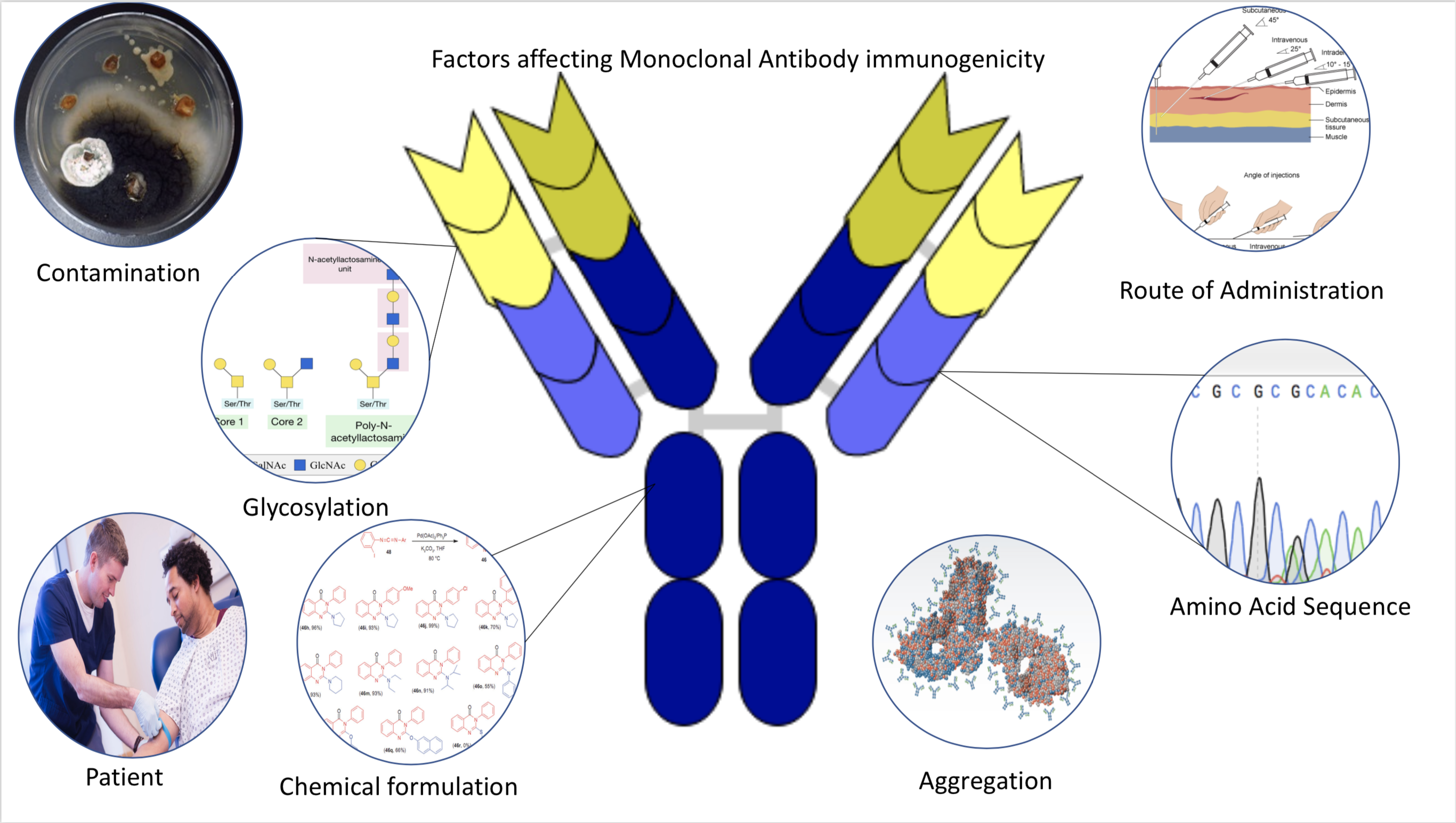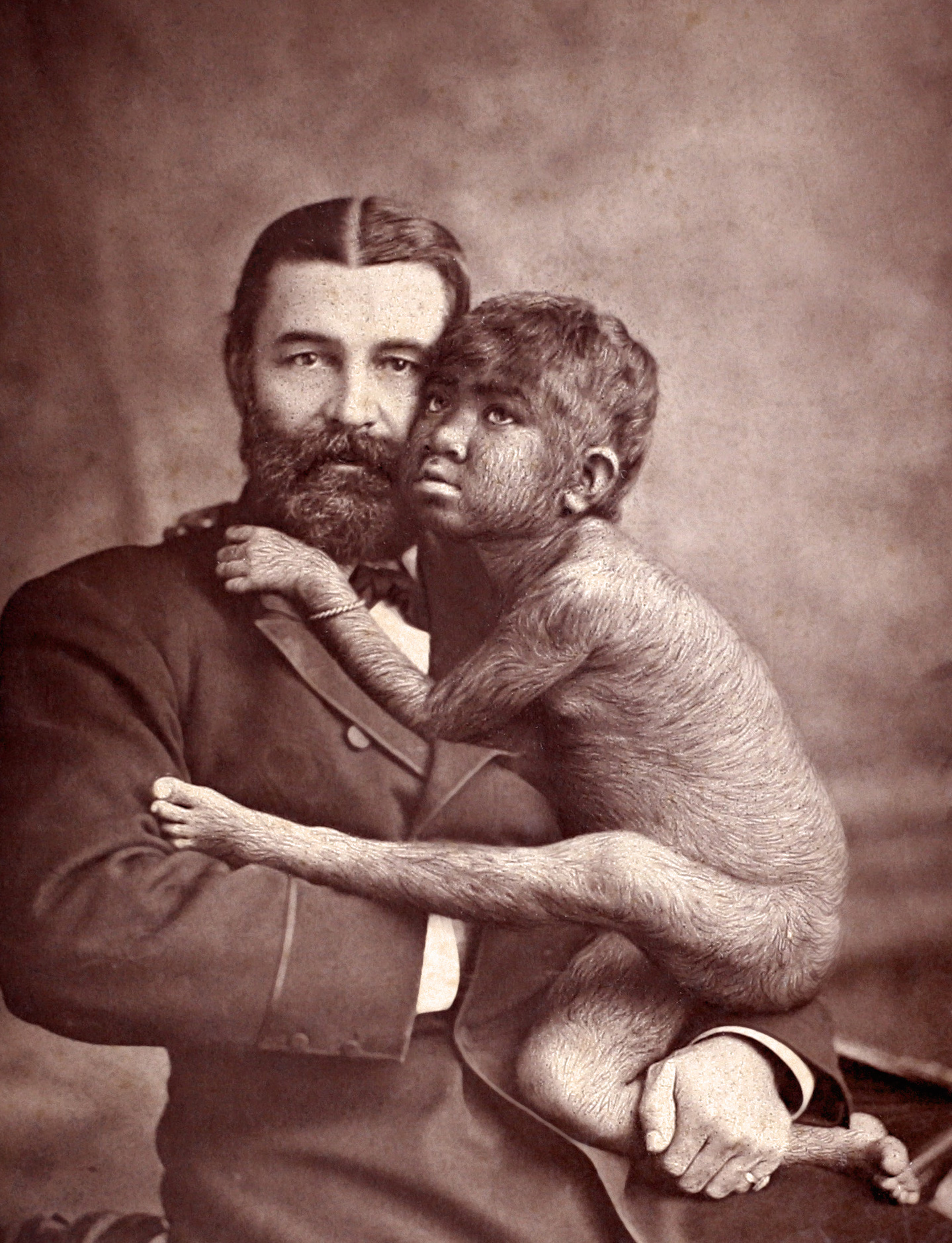|
SLC29A1
Equilibrative nucleoside transporter 1 (ENT1) is a protein that in humans is encoded by the ''SLC29A1'' gene. Multiple alternatively spliced variants, encoding the same protein, have been found for this gene. Expressed on red blood cell surfaces, these variants make up the Augustine blood group system. Function This gene is a member of the equilibrative nucleoside transporter family. The gene encodes a transmembrane glycoprotein that localizes to the plasma and mitochondrial membranes and mediates the cellular uptake of nucleosides from the surrounding medium. The protein is categorized as an equilibrative (as opposed to concentrative) transporter that is sensitive to inhibition by nitrobenzylmercaptopurine ribonucleoside (NBMPR). Nucleoside transporters are required for nucleotide synthesis in cells that lack ''de novo'' nucleoside synthesis pathways, and are also necessary for the uptake of cytotoxic nucleosides used for cancer and viral chemotherapies. Genomics The gene enco ... [...More Info...] [...Related Items...] OR: [Wikipedia] [Google] [Baidu] |
Augustine Blood Group System
The Augustine blood group system is a human blood group system. It includes four red blood cell surface glycoprotein antigens which are encoded by alleles of the gene SLC29A1. Antigens The protein which acts as the Augustine antigens is equilibrative nucleoside transporter 1, a transmembrane glycoprotein that mediates cellular uptake of nucleosides. This protein is abundant in erythroid progenitor cells and in mature red blood cells. There are four known variants of the antigen: AUG1, AUG2, AUG3, and AUG4. One person may express multiple variants; AUG:1,2,4 (expressing AUG1, AUG2, and AUG4) is the common phenotype. Clinical significance Antibodies against Augustine system antigens can be stimulated by pregnancy or blood transfusion and have the potential to cause severe hemolytic disease of the fetus and newborn and acute hemolytic transfusion reactions. In red blood cells, the Augustine antigen protein seems to play a role in adenosine transport in Cellular differentiation, ... [...More Info...] [...Related Items...] OR: [Wikipedia] [Google] [Baidu] |
Protein
Proteins are large biomolecules and macromolecules that comprise one or more long chains of amino acid residues. Proteins perform a vast array of functions within organisms, including catalysing metabolic reactions, DNA replication, responding to stimuli, providing structure to cells and organisms, and transporting molecules from one location to another. Proteins differ from one another primarily in their sequence of amino acids, which is dictated by the nucleotide sequence of their genes, and which usually results in protein folding into a specific 3D structure that determines its activity. A linear chain of amino acid residues is called a polypeptide. A protein contains at least one long polypeptide. Short polypeptides, containing less than 20–30 residues, are rarely considered to be proteins and are commonly called peptides. The individual amino acid residues are bonded together by peptide bonds and adjacent amino acid residues. The sequence of amino acid residue ... [...More Info...] [...Related Items...] OR: [Wikipedia] [Google] [Baidu] |
Brain
A brain is an organ that serves as the center of the nervous system in all vertebrate and most invertebrate animals. It is located in the head, usually close to the sensory organs for senses such as vision. It is the most complex organ in a vertebrate's body. In a human, the cerebral cortex contains approximately 14–16 billion neurons, and the estimated number of neurons in the cerebellum is 55–70 billion. Each neuron is connected by synapses to several thousand other neurons. These neurons typically communicate with one another by means of long fibers called axons, which carry trains of signal pulses called action potentials to distant parts of the brain or body targeting specific recipient cells. Physiologically, brains exert centralized control over a body's other organs. They act on the rest of the body both by generating patterns of muscle activity and by driving the secretion of chemicals called hormones. This centralized control allows rapid and coordinated respon ... [...More Info...] [...Related Items...] OR: [Wikipedia] [Google] [Baidu] |
Equilibrative Nucleoside Transporter
Members of the Equilibrative Nucleoside Transporter (ENT) FamilyTC# 2.A.57 are transport proteins that are specific to nucleosides and nucleobases, and are part of the major facilitator superfamily. They generally possess at least 6, typically 10, transmembrane segments (TMSs) and are 300-600 amino acyl residues in length. Function ENTs, including those in parasitic protozoa, function in nucleoside and nucleobase uptake for salvage pathways of nucleotide synthesis and, in humans, are also responsible for the cellular uptake of nucleoside analogues used in the treatment of cancers and viral diseases. By regulating the concentration of adenosine available to cell surface receptors, mammalian ENTs additionally influence physiological processes ranging from cardiovascular activity to neurotransmission. Human ENTs In humans ENT are also known as SLC29, a group of plasmalemmal transport proteins which transport nucleoside substrates like adenosine into cells. There are four known ... [...More Info...] [...Related Items...] OR: [Wikipedia] [Google] [Baidu] |
Hemolytic Disease Of The Newborn
Hemolytic disease of the newborn, also known as hemolytic disease of the fetus and newborn, HDN, HDFN, or erythroblastosis foetalis, is an alloimmune condition that develops in a fetus at or around birth, when the IgG molecules (one of the five main types of antibodies) produced by the mother pass through the placenta. Among these antibodies are some which attack antigens on the red blood cells in the fetal circulation, breaking down and destroying the cells. The fetus can develop reticulocytosis and anemia. The intensity of this fetal disease ranges from mild to very severe, and fetal death from heart failure (hydrops fetalis) can occur. When the disease is moderate or severe, many erythroblasts (immature red blood cells) are present in the fetal blood, earning these forms of the disease the name ''erythroblastosis fetalis'' (). HDFN represents a breach of immune privilege for the fetus or some other form of impairment of the immune tolerance in pregnancy. Various types of HD ... [...More Info...] [...Related Items...] OR: [Wikipedia] [Google] [Baidu] |
Acute Hemolytic Transfusion Reaction
An acute hemolytic transfusion reaction (AHTR), also called immediate hemolytic transfusion reaction, is a life-threatening reaction to receiving a blood transfusion. AHTRs occur within 24 hours of the transfusion and can be triggered by a few milliliters of blood. The reaction is triggered by host antibodies destroying donor red blood cells. AHTR typically occurs when there is an ABO blood group incompatibility, and is most severe when type A donor blood is given to a type O recipient. Signs and symptoms Early acute hemolytic transfusion reactions are typically characterized by fever, which may be accompanied by rigors (chills). Mild cases are also typically characterized by abdominal, back, flank, or chest pain. More severe cases may be characterized by shortness of breath, low blood pressure, hemoglobinuria, and may progress to shock and disseminated intravascular coagulation. In anesthetized or unconscious patients, hematuria (blood in the urine) may be the first sign of AHTR. O ... [...More Info...] [...Related Items...] OR: [Wikipedia] [Google] [Baidu] |
Antibodies
An antibody (Ab), also known as an immunoglobulin (Ig), is a large, Y-shaped protein used by the immune system to identify and neutralize foreign objects such as pathogenic bacteria and viruses. The antibody recognizes a unique molecule of the pathogen, called an antigen. Each tip of the "Y" of an antibody contains a paratope (analogous to a lock) that is specific for one particular epitope (analogous to a key) on an antigen, allowing these two structures to bind together with precision. Using this binding mechanism, an antibody can ''tag'' a microbe or an infected cell for attack by other parts of the immune system, or can neutralize it directly (for example, by blocking a part of a virus that is essential for its invasion). To allow the immune system to recognize millions of different antigens, the antigen-binding sites at both tips of the antibody come in an equally wide variety. In contrast, the remainder of the antibody is relatively constant. It only occurs in a few vari ... [...More Info...] [...Related Items...] OR: [Wikipedia] [Google] [Baidu] |
Immunogenicity
Immunogenicity is the ability of a foreign substance, such as an antigen, to provoke an immune response in the body of a human or other animal. It may be wanted or unwanted: * Wanted immunogenicity typically relates to vaccines, where the injection of an antigen (the vaccine) provokes an immune response against the pathogen, protecting the organism from future exposure. Immunogenicity is a central aspect of vaccine development. * Unwanted immunogenicity is an immune response by an organism against a therapeutic antigen. This reaction leads to production of anti-drug-antibodies (ADAs), inactivating the therapeutic effects of the treatment and potentially inducing adverse effects. A challenge in biotherapy is predicting the immunogenic potential of novel protein therapeutics. For example, immunogenicity data from high-income countries are not always transferable to low-income and middle-income countries. Another challenge is considering how the immunogenicity of vaccines changes with ... [...More Info...] [...Related Items...] OR: [Wikipedia] [Google] [Baidu] |
Faisalabad Histiocytosis
Faisalabad (; Punjabi/ ur, , ; ), formerly known as Lyallpur ( Punjabi, Urdu: لائل پور), named after the founder of the city, but was renamed in 1977 in honour of late King Faisal of Saudi Arabia. It is the 3rd largest city of Pakistan after Karachi and Lahore respectively, and the 2nd largest city of Punjab after Lahore. Faisalabad is one of Pakistan's wealthiest cities, the largest industrial hub and 2nd largest city of wider Punjab region. Historically one of the first planned cities within British India, it has long since developed into a cosmopolitan metropolis. Faisalabad was restructured into city district status; a devolution promulgated by the 2001 local government ordinance (LGO). The total area of Faisalabad District is while the area controlled by the Faisalabad Development Authority (FDA) is . Faisalabad has grown to become a major industrial and distribution centre because of its central location in the region and connecting roads, rails, and air ... [...More Info...] [...Related Items...] OR: [Wikipedia] [Google] [Baidu] |
Hypertrichosis
Hypertrichosis is an abnormal amount of hair growth over the body. The two distinct types of hypertrichosis are generalized hypertrichosis, which occurs over the entire body, and localized hypertrichosis, which is restricted to a certain area. Hypertrichosis can be either congenital (present at birth) or acquired later in life. The excess growth of hair occurs in areas of the skin with the exception of androgen-dependent hair of the pubic area, face, and axillary regions. Several circus sideshow performers in the 19th and early 20th centuries, such as Julia Pastrana, had hypertrichosis. Many of them worked as freaks and were promoted as having distinct human and animal traits. Classification Two methods of classification are used for hypertrichosis. One divides them into either generalized versus localized hypertrichosis, while the other divides them into congenital versus acquired. Congenital Congenital forms of hypertrichosis are caused by genetic mutations, and are ex ... [...More Info...] [...Related Items...] OR: [Wikipedia] [Google] [Baidu] |
H Syndrome
H syndrome, also known as Histiocytosis-lymphadenopathy plus syndrome or PHID, is a rare genetic condition caused by mutations in the SLC29A3 gene which encode the human equilibrative nucleoside transporter (hENT3) protein.Moynihan L M, Bundey SE, Heath D, Jones EL, McHale DP, Mueller RF, Markham, AF, Lench NJ (1998) Autozygosity mapping, to chromosome 11q25, of a rare autosomal recessive syndrome causing histiocytosis, joint contractures, and sensorineural deafness. Am J Hum Genet 62: 1123-1128 It is also known as Faisalabad histiocytosis, familial Rosai-Dorfman disease, sinus histiocytosis with massive lymphadenopathy and pigmented hypertrichosis with insulin-dependent diabetes mellitus syndrome. Presentation This syndrome has a number of different clinical features many of which start with the letter 'H' giving rise to the name of the syndrome. These features include * Hyperpigmentation * Hypertrichosis * Hepatosplenomegaly * Hearing loss * Heart anomalies * Hypogonadi ... [...More Info...] [...Related Items...] OR: [Wikipedia] [Google] [Baidu] |




